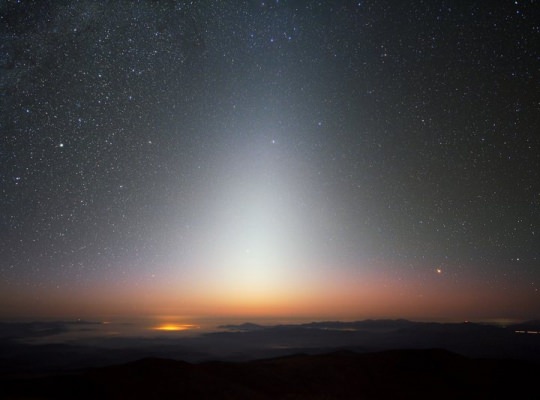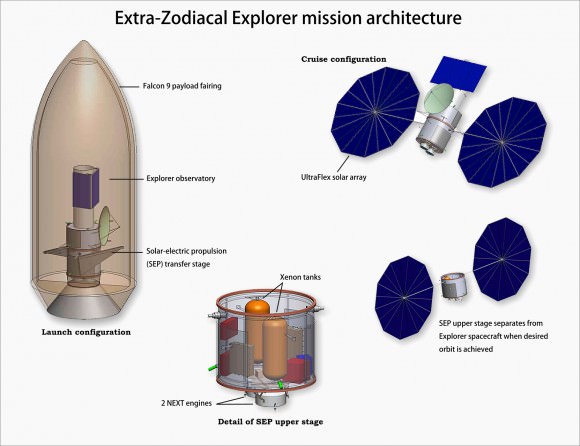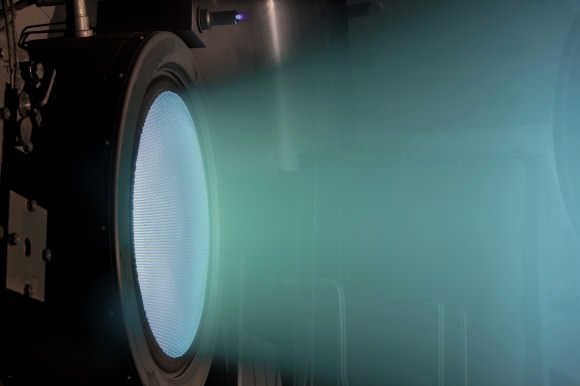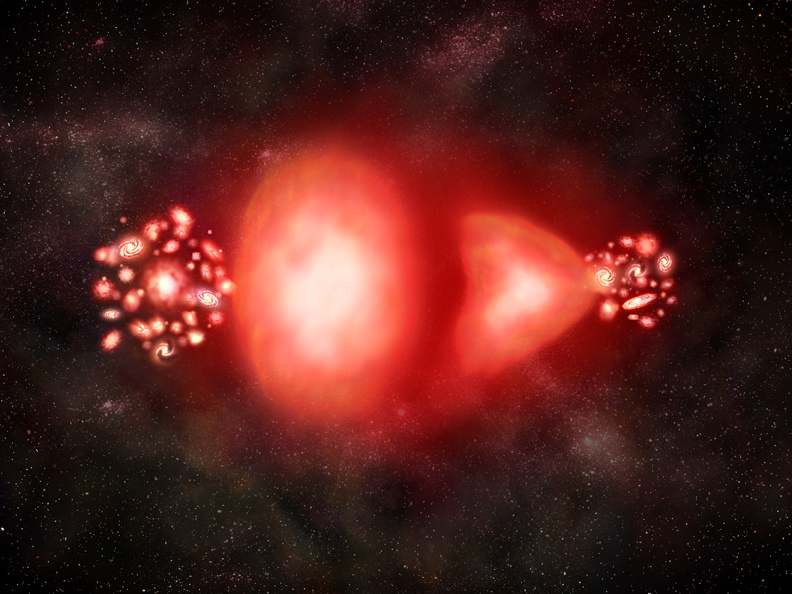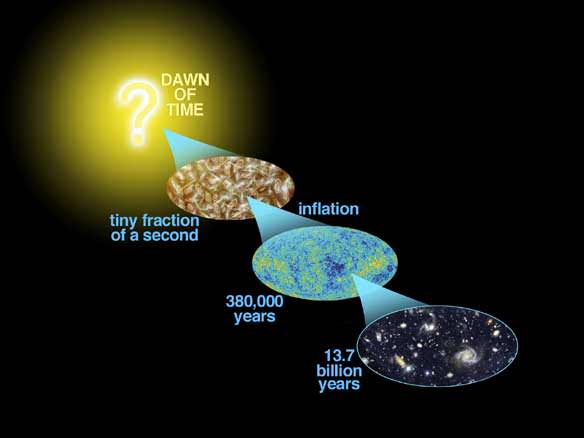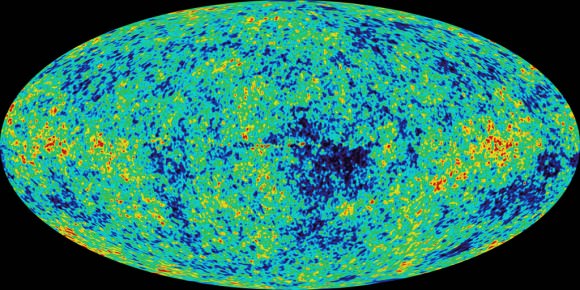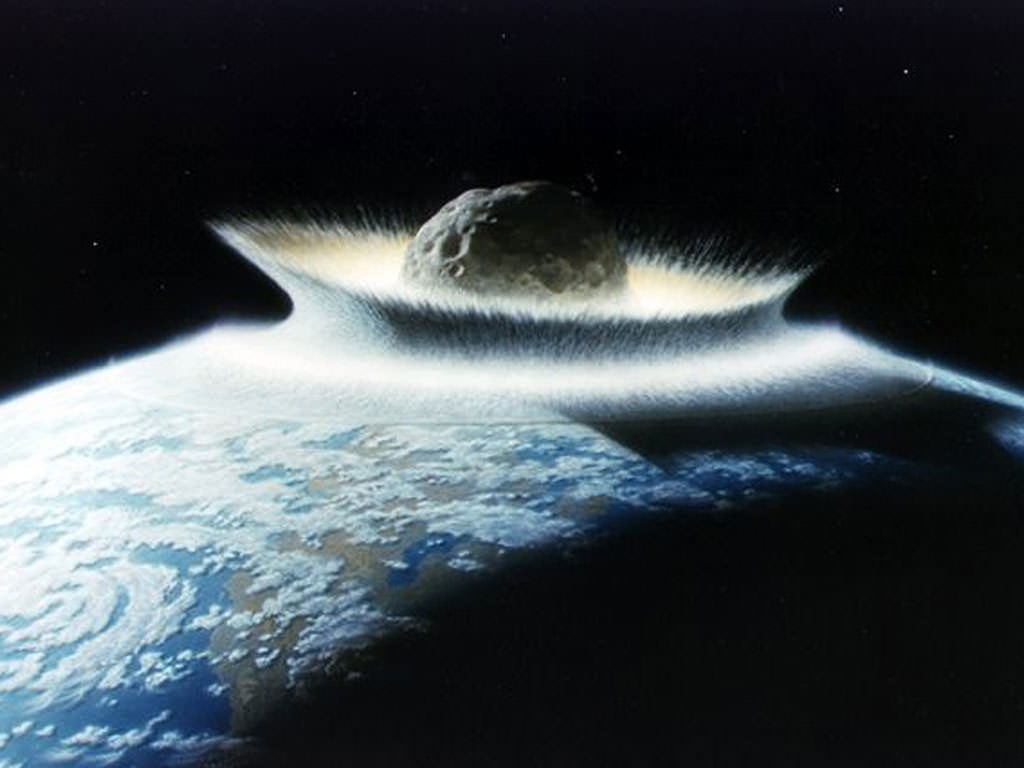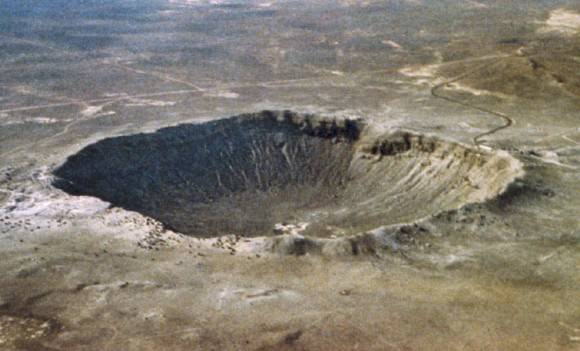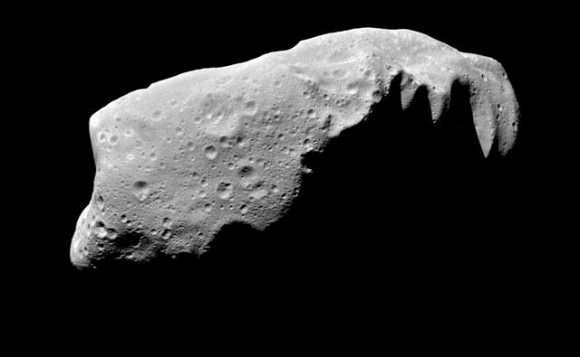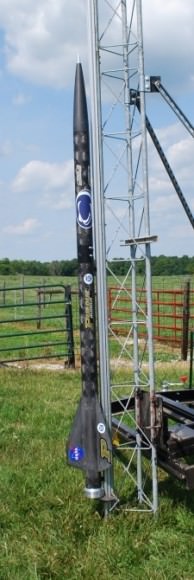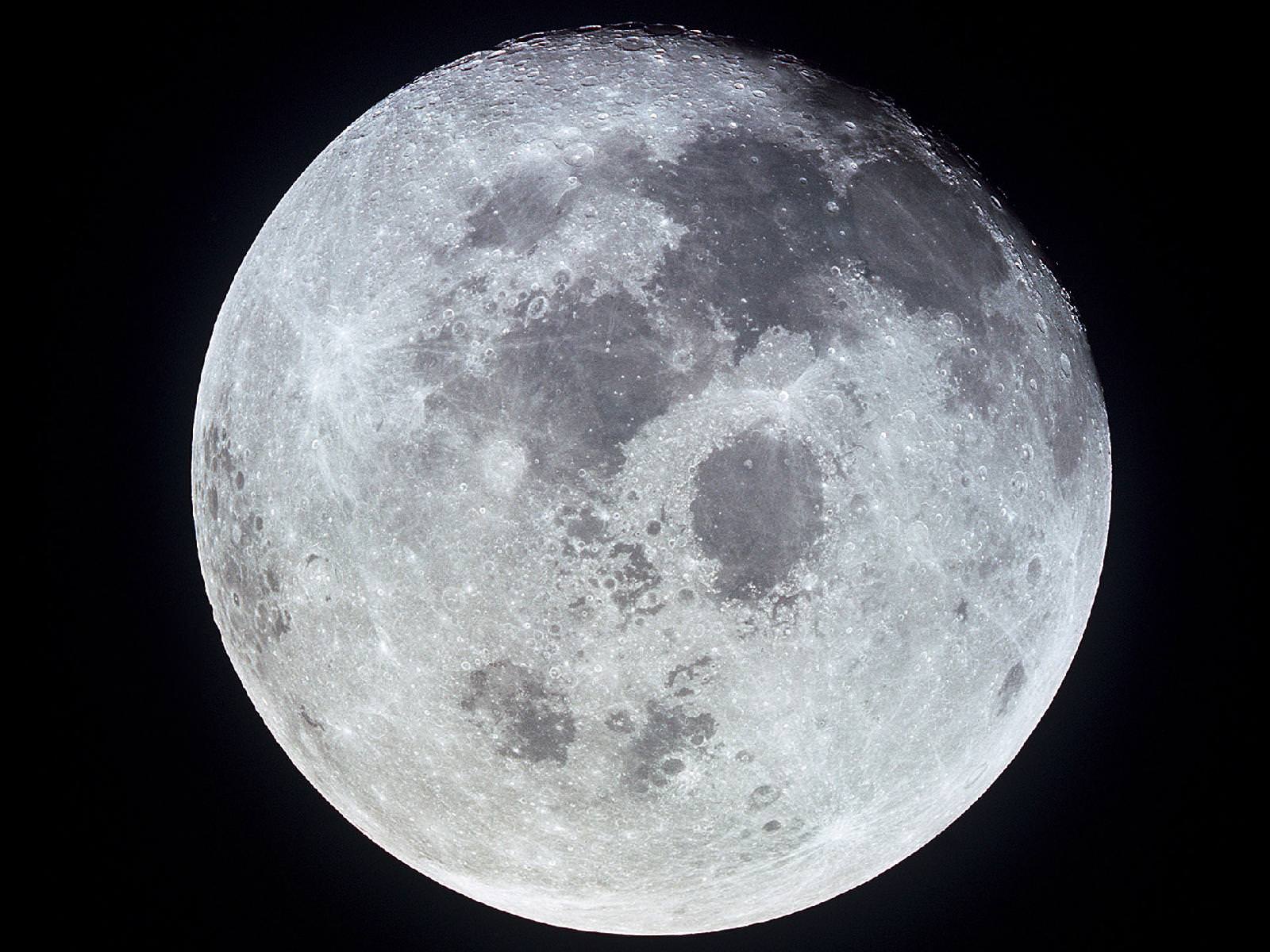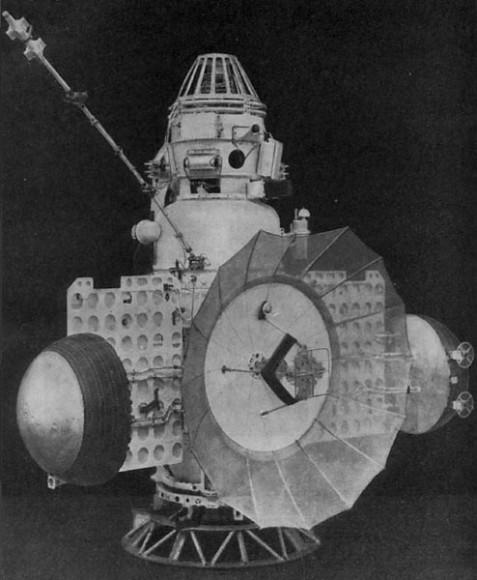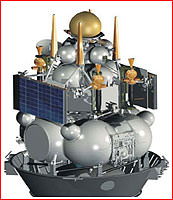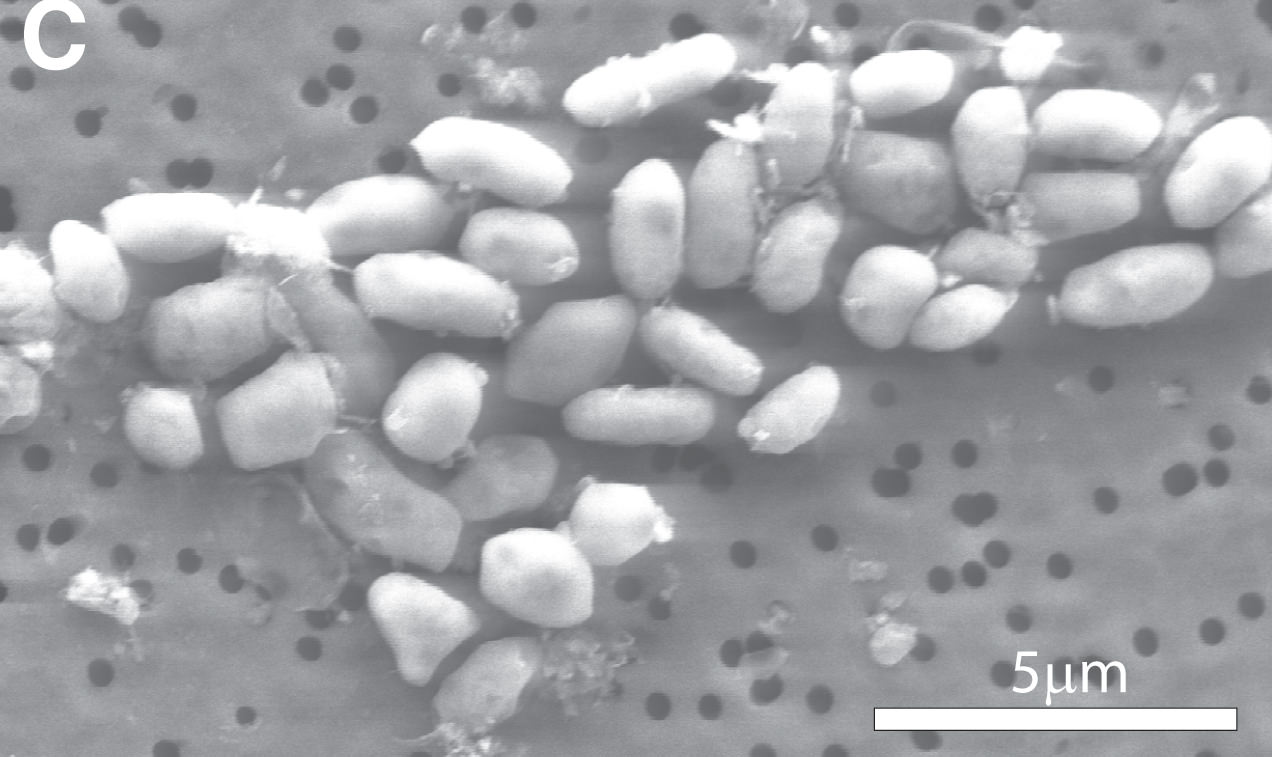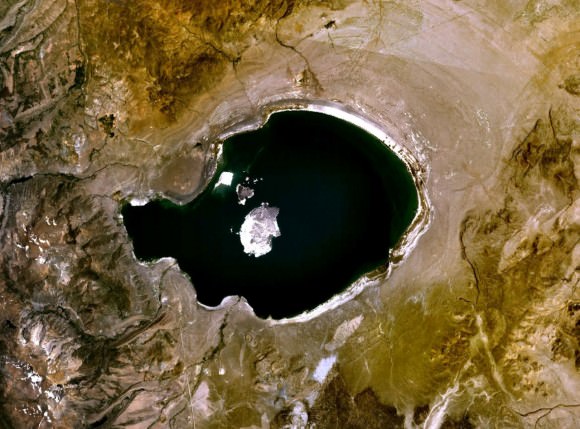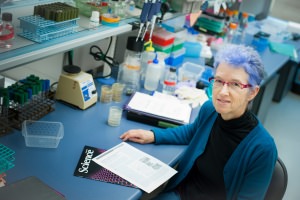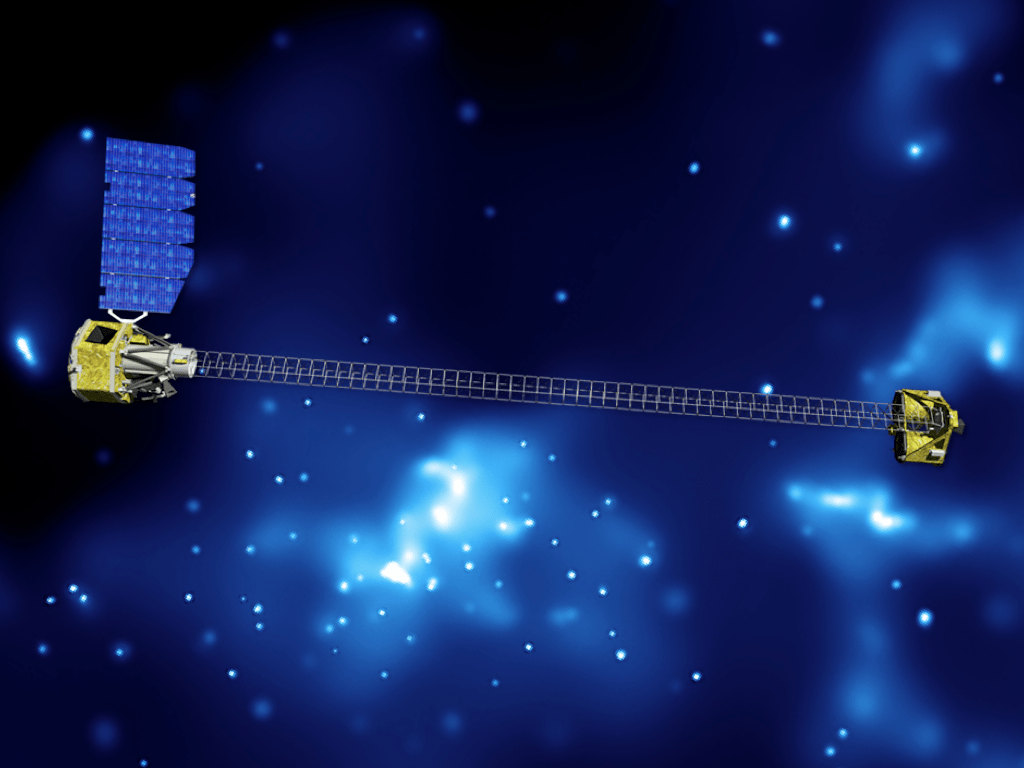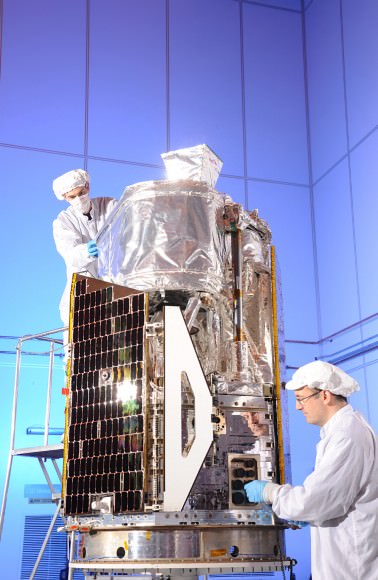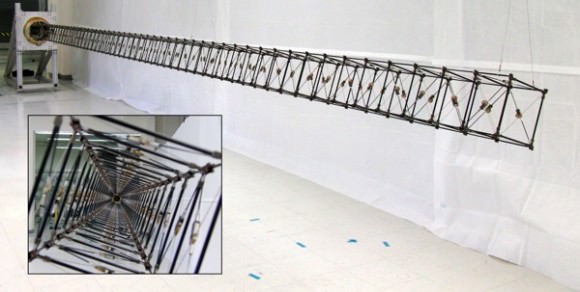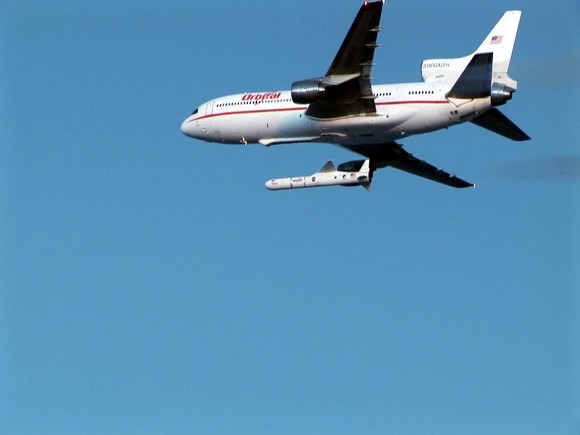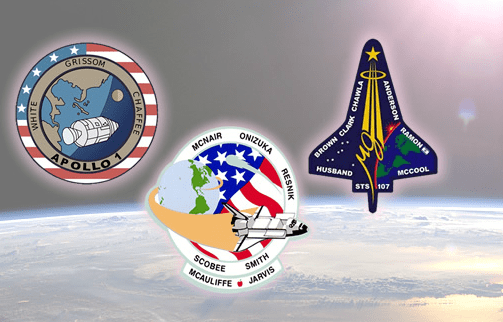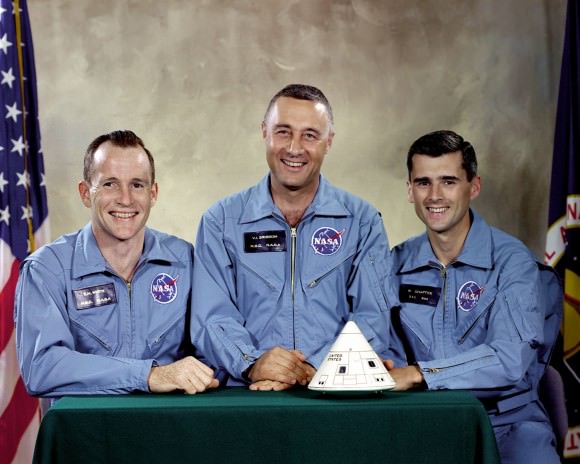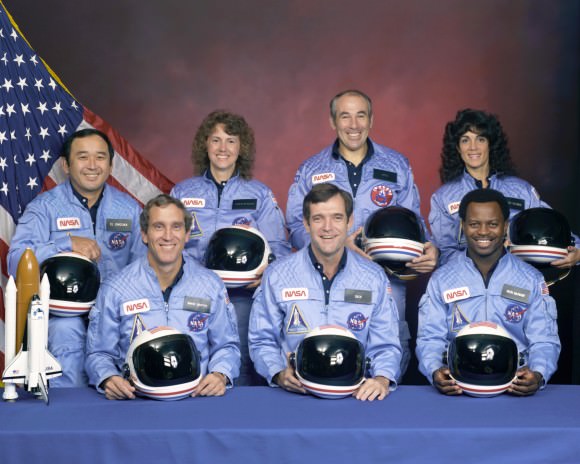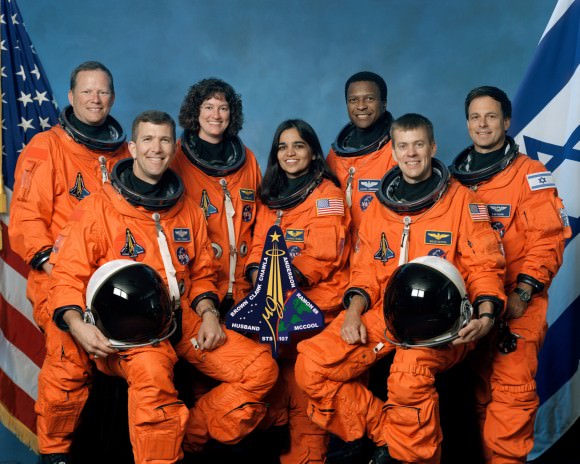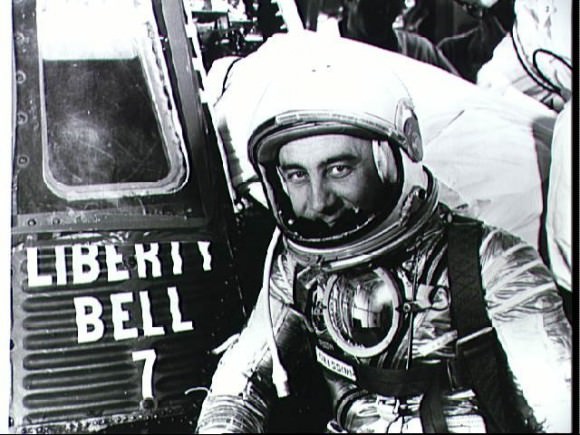[/caption]
Cosmic radiation, it seems, may be a blessing and a curse. A team of scientists based at the University of New Hampshire have used data from the Cosmic Ray Telescope for the Effects of Radiation (CRaTER) on NASA’s Lunar Reconnaissance Orbiter (LRO) to measure radiation on the Moon’s surface. They’ve found that while radiation is fatal, it can also cause the chemical changes that form the foundations of biological structures.
CRaTER was designed to measure and characterize radiation on the Moon. It uses plastic and silicon detectors that mimic human flesh to give scientists an idea of how damaging the environment is to humans; the radiation in this case is from both galactic cosmic rays and solar energetic particles. Both these types of radiation pose a known threat to astronauts and robotic spacecraft alike.
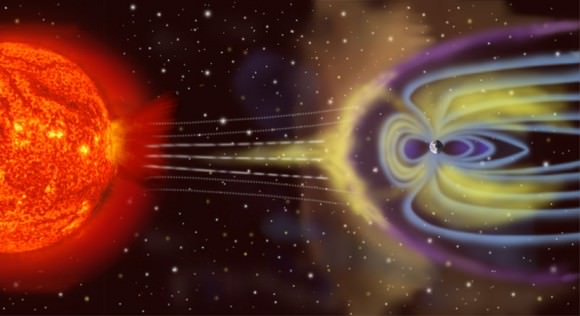
NASA’s LRO has managed to gather remarkably good data. Its recent measurements were made during a quiet solar period. The lower power, pressure, fluctuations, and magnetic fluctuations of the solar wind means less interruptions. The galactic cosmic rays and solar energy particles have been able to interact more readily with detectors. Since the instruments orbit the Moon, there isn’t even an atmosphere present to shield the blow of these rays and particles.
This is a unique occurrence that has given scientists with sufficient data to validate their models of cosmic radiation. “Now we can… project GCR dose rates from the present period back through time when different interplanetary conditions prevailed,” says Nathan Schwadron, associate professor of physics at the UNH Space Science Center within the Institute for the Study of Earth, Oceans, and Space. These types of projections provide a clearer picture of the effects of cosmic rays on airless bodies throughout the Solar System’s history.
These new, more accurate models can also effectively predict radiation hazards spawned by cosmic rays and solar particles. Schwadron says that these “validated models will be able to answer the question of how hazardous the space environment is and could be during these high-energy radiation events.” Being able to anticipate high radiation events and environments will be necessary for any manned space exploration planned to go beyond low-Earth orbit.
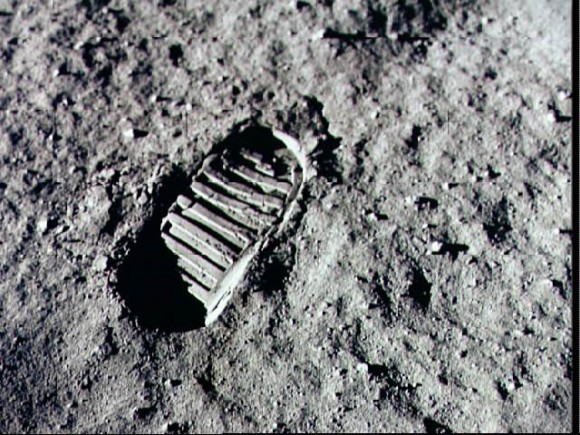
But CRaTER’s most recent finding revealed something else interesting: cosmic radiation has another important effect on the bodies it hits. While fatal to humans and damaging to robots, cosmic radiation irradiates water and ice to cause chemical alterations. The process releases oxygen atoms from water ice, which are then free to bind with carbon to form large molecules that are “prebiotic” organic molecules. The radiation process also causes the lunar soil, regolith, to darken over time. This is important in understanding the geologic history of the moon.
The data recorded on radiation environments support the current models of Earth-Moon-Mars interplanetary space. The full paper, titled “Lunar Radiation Environment and Space Weathering from the Cosmic Ray Telescope for the Effects of Radiation (CRaTER),” was written by Schwadron and the director of EOS and lead scientist for the CRaTER instrument Harlan Spence and is published online in the American Geophysical Union’s Journal of Geophysical Research.
Source: University of New Hampshire


